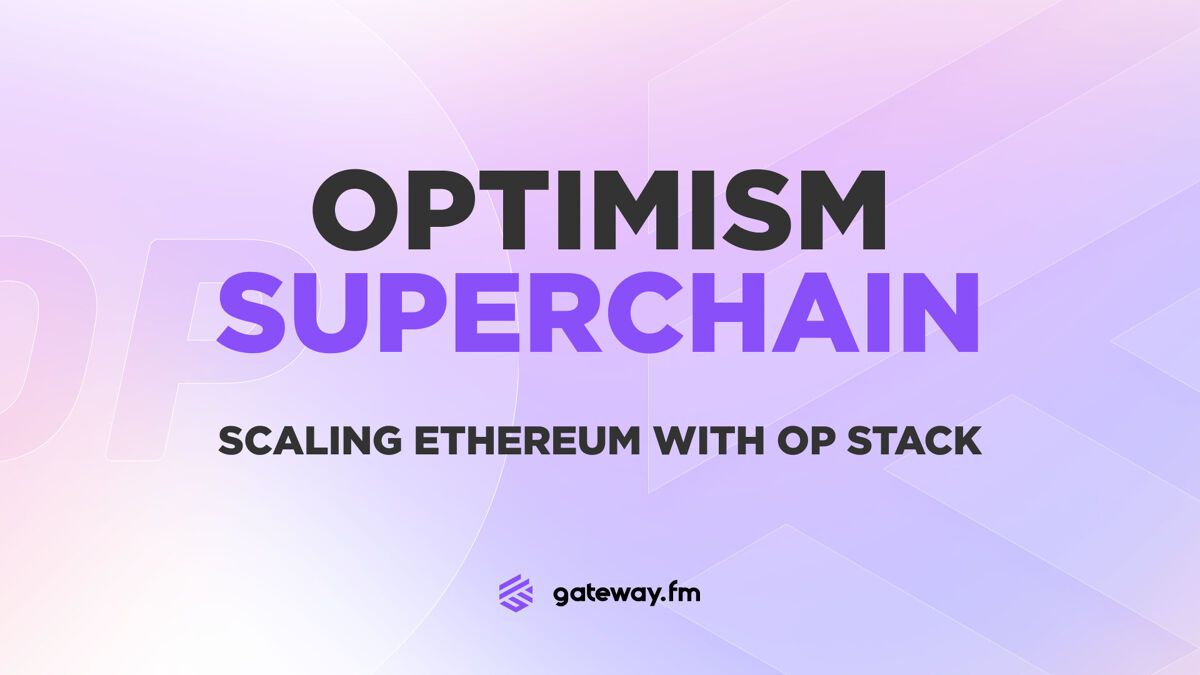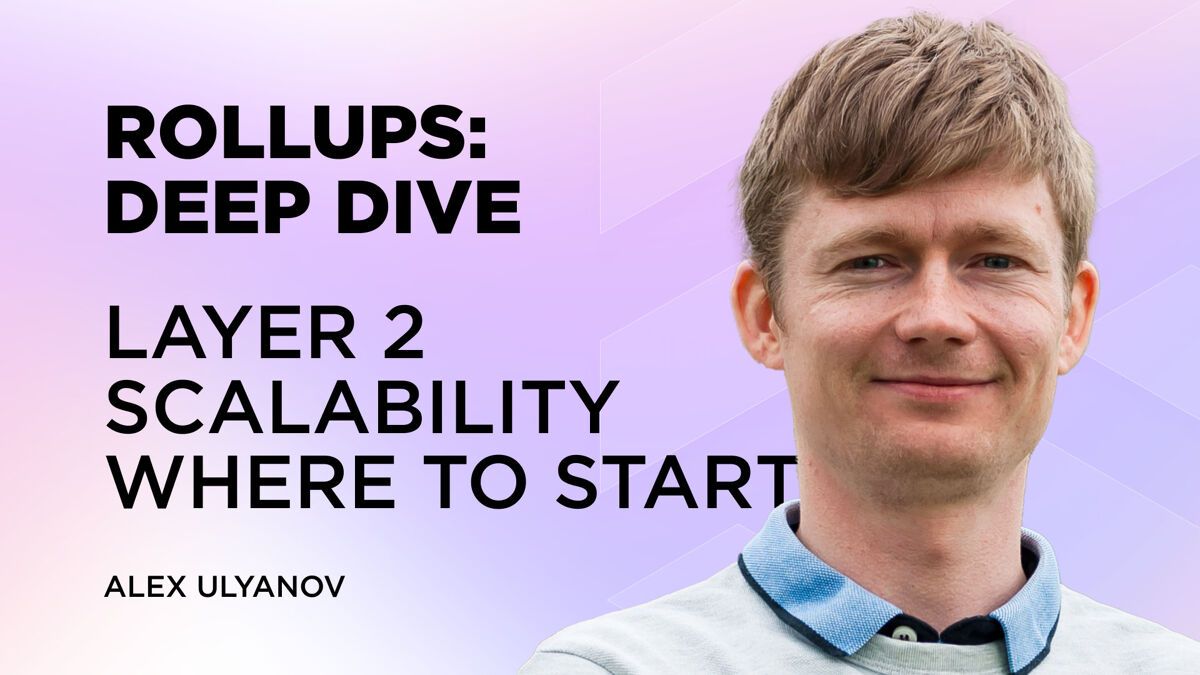The Ethereum network has been the leading platform for decentralized applications (dApps) and smart contracts since its inception. However, as adoption has grown, so have its scalability issues. High transaction volumes, expensive gas fees, and network congestion pose significant challenges to wider adoption—especially for developers and users seeking cost-effective, scalable solutions. Optimism Superchain, powered by the OP Stack, offers a compelling solution to these limitations, pushing Ethereum scaling efforts to new heights. This article explores the OP Stack, its role in addressing Ethereum scalability challenges, and how the Superchain unified ecosystem enhances the broader blockchain landscape.
The Ethereum Scalability Challenge
Since Ethereum launched in 2015, its popularity has surged across various use cases—ranging from decentralized finance (DeFi) and non-fungible tokens (NFTs) to gaming and decentralized governance. But this widespread adoption has revealed scalability limitations:
- Network Congestion: As the number of applications and users increases, so does transaction volume. Ethereum base layer can only process about 15 transactions per second (TPS), far from enough to support the growing demand.
- High Gas Fees: During periods of high traffic, gas fees spike, pricing out smaller transactions and deterring broad participation. This makes it difficult for Ethereum to serve everyday users and applications that require frequent transactions.
- Latency: Congestion also introduces delays in transaction finality, negatively impacting user experience, especially for real-time or high-frequency applications.
To solve these issues, layer-2 solutions like Optimism have been developed to ease the burden on Ethereum mainnet while preserving its security and decentralization.
What is Optimism?
Optimism is a layer-2 (L2) scaling solution for Ethereum that uses Optimistic Rollups. These rollups bundle multiple transactions into a single transaction and post it to Ethereum base layer, reducing the computational load on the Ethereum network. Optimism assumes that transactions are valid and only checks for fraud when disputes arise—hence the term "optimistic." This contrasts with other solutions like zk-rollups, which validate transactions using cryptographic proofs upfront.
By minimizing the computational work needed to validate transactions, Optimism significantly lowers gas fees and increases transaction throughput, all while leveraging Ethereum inherent security. This makes it an attractive solution for projects that need both scalability and security.
The OP Stack: Modular Blockchain Infrastructure
At the core of Optimism scaling efforts is the OP Stack, a modular and open-source framework designed to help developers build scalable, interoperable blockchains. With the OP Stack, developers can easily create customized blockchains or rollups optimized for their specific use cases.
Key Features of the OP Stack:
1. Modularity: The OP Stack consists of interchangeable modules, each responsible for different aspects of the blockchain, such as consensus, execution, data availability, and settlement. This modular architecture allows developers to build custom blockchains tailored to their needs, providing unparalleled flexibility.
2. Interoperability: The OP Stack is designed for seamless cross-chain interactions, whether between L2 solutions or different layer-1 chains. This fosters a connected multi-chain ecosystem where dApps can interact and share data across various blockchains.
3. Rollup-Centric Design: Optimized for rollup technology, the OP Stack allows multiple L2 rollups to share Ethereum security while remaining sovereign. Developers can customize each rollup as needed while still being part of the larger Ethereum ecosystem.
The Superchain Solution to Ethereum Scaling Challenges
Ethereum scalability issues are not just about handling more transactions—they also involve liquidity fragmentation and inconsistent security models across various rollups. The Superchain tackles these challenges head-on by creating a network of interconnected rollups that work together to deliver scalability.
1. Expansion of Rollup Chains: The Superchain allows for the creation of numerous rollup chains using the OP Stack, each benefiting from Ethereum security while operating independently. This encourages rapid expansion without burdening Ethereum’s base layer. By leveraging the OP Stack, developers can easily deploy scalable and secure rollups optimized for specific use cases, thereby expanding Ethereum’s ecosystem in a structured and sustainable way.
2. Interconnected Rollups for Improved Efficiency: One of the key innovations of the Superchain is its ability to connect multiple rollups through a standardized communication framework. This ensures that rollups don’t exist in isolation but work together, allowing dApps to interact seamlessly across different chains. This unified network enhances liquidity and cross-chain functionality, enabling developers to build applications that tap into the full potential of multiple interconnected blockchains.
3. Shared Liquidity and Unified Security: Traditional scalability models often lead to liquidity being scattered across various blockchains, each with its own security framework. The Superchain eliminates this fragmentation by pooling liquidity across its rollups and maintaining a consistent security model anchored to Ethereum consensus. This enables a smoother transfer of assets between chains and creates a more secure environment for decentralized applications to thrive.
Use Cases for the OP Stack and Superchain
The potential applications for the OP Stack and the Superchain are vast, ranging from DeFi to gaming and beyond. Some notable use cases include:
- DeFi: With lower transaction fees and higher throughput, DeFi applications built on Optimism OP Stack can provide users with a more efficient and cost-effective experience. Moreover, cross-chain liquidity within the Superchain can boost capital efficiency across protocols.
- Gaming: Many blockchain games have struggled with high gas fees and network latency. The Superchain scalability, combined with its modular infrastructure, allows gaming projects to deploy their own custom blockchains optimized for gaming use cases while still being interoperable with the broader Ethereum ecosystem.
- NFTs and Digital Collectibles: The lower fees and faster transaction times provided by Optimism rollups are ideal for NFT marketplaces, which rely on frequent user interactions. Additionally, cross-chain interoperability in the Superchain allows NFTs to move between different chains without losing functionality or value.
- Enterprise Solutions: Enterprises looking to deploy blockchain-based applications can benefit from the modularity of the OP Stack, tailoring their own rollups for specific use cases such as supply chain management, logistics, or financial services while still enjoying the security of Ethereum.
Launch Your Optimistic Rollup L2 with Gateway.fm RaaS
As the demand for scalable blockchain solutions grows, developers and enterprises are turning to L2 networks to mitigate high gas fees and congestion on Ethereum. Our Presto, Rollup as a Service (RaaS) platform, simplifies this process, enabling teams to launch custom L2 solutions, including Optimistic Rollups, quickly and efficiently.
Whether you’re a DeFi protocol looking to reduce transaction costs or an enterprise seeking a scalable L2 solution, Gateway.fm provides the infrastructure and expertise to launch your Optimistic Rollup L2 seamlessly. By leveraging the power of the OP Stack and our blockchain infrastructure, you can focus on building and growing your dApp while we handle deployment, scalability, and infrastructure management.
Other blog posts
Want to read more? Discover our other articles below!




